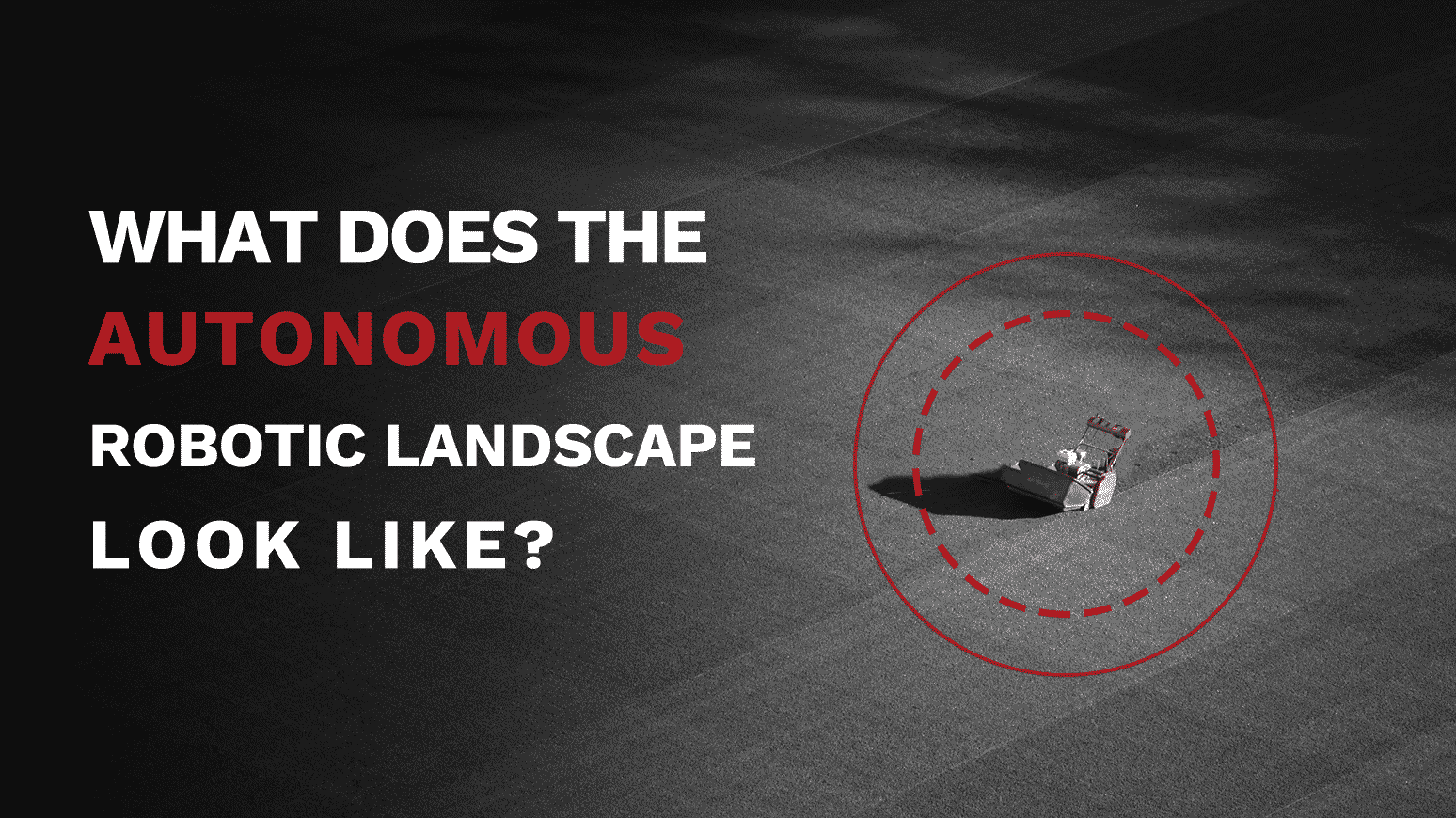
What Does The Autonomous Robotic Landscape Look Like?
As RAS robotics and autonomous systems become more commonly used in modern industries, the need for precision sensors and RAS applications is expected to expand significantly. Understanding the basics of robotics and autonomous systems is critical for companies that want to survive and thrive in the new RAS environment.
What Are Robotics and Autonomous Systems?
RAS is emerging as one of the defining technologies that will shape the future of the global economy. Simply put, it involves the use of robotic hardware (precision sensors, motors, control boards, etc.), robotic devices and navigation systems in an integrated and comprehensive way. RAS will impact the industrial process in the following ways:
- Autonomous robot systems will increasingly take on the dull, dirty and dangerous jobs that pose serious risks for human workers.
- Automating complex tasks will reduce the potential for error and oversight.
- Robotics and autonomous systems will allow more efficient use of available resources, which could prove critical in areas where resources may be running low.
- RAS will allow autonomous robot devices to operate where humans cannot and to perform tasks that are beyond the capabilities of human strength and skills.
These functions depend heavily on the principle of autonomy for systems and robots in real-world environments. An autonomous system will use advanced artificial intelligence routines to make decisions on the best and safest route to travel. Navigation is critical to many autonomous robot applications.
What Does Autonomy Mean in Robotics?
In the robotics industry, autonomy is defined as the ability to make independent decisions based on a set of rules and without constant direct oversight and governance. This capability is usually demonstrated in four types of tasks:
- Manipulation and processing of items and materials, which may include moving, bending, polishing, cleaning and other tasks
- Gathering data about a workflow or process to deliver status reports and assess the performance of this system
- Sorting items into categories, identifying them and storing them for later use
- Transporting items or traveling across unfamiliar terrain to collect information
These activities can offer added help in producing goods, providing services and delivering goods to a specified location.
Where Are Autonomous Robotics Used?
Robotics and autonomous systems will revolutionize numerous industries, including the following:
- Healthcare providers
- Agricultural enterprises
- Manufacturing for the industrial and consumer marketplaces
- Construction
- Transportation
- Energy production
Automated Guided Vehicles vs. Autonomous Mobile Robots
Automated guided vehicles (AGRs) differ from autonomous mobile robots (AMRs) in a few important ways.
- AGVs are an established part of distribution centers, warehouses and factories. They travel along fixed routes that are defined by wires or magnets. While AGTs may have some sensors to prevent accidents, they do not depend on their sensors as an integral part of their routing and navigation process. If changes occur in their environments, they are generally helpless to adapt to these alterations in a practical way.
- AMRs, by contrast, incorporate an advanced autonomous system that consists of sensors, computers and algorithms that allow it to use maps, identify features of its environment and to choose safer and more optimized paths for navigating its surroundings. Unlike AGTs, AMRs can generally work safely alongside human colleagues and require minimal infrastructure to perform their tasks in industrial and commercial environments.
AMRs offer real benefits that can translate into greater productivity and higher profits for a wide range of industries.
How AMRs Work
At Inertial Sense, we design and manufacture RAS robotics and autonomous systems that work in real-world environments. Our robotics and autonomous systems incorporate three essential elements:
- Precision sensors that collect data on the surrounding environment
- Proprietary Kalman filtering software to separate relevant data from unnecessary information
- The LUNA software platform that takes the collected data and transforms it into planning and control over the navigation and operation of the robot
The Inertial Sense system provides ongoing reports on the activities and environment of the robot to help you manage your workflows more efficiently and allows your fleet to operate autonomously, dynamically responding to changing environments and variables.
Challenges Facing Robotics and Autonomous Systems
Some challenges remain in implementing autonomous robots and systems throughout the industrial landscape. Inertial Sense is continuously working to create solutions for and improvements in these areas:
- More accurate filtering is needed to eliminate errors in position and attitude data.
- Inertial Sense’s own Kalman filters have proven to be incredibly helpful in maintaining great data.
- The development of navigation algorithms that can operate independently of GPS will also provide added assistance in GPS-denied areas.
- Visual simultaneous localization and mapping, more commonly referred to as Visual SLAM, will eventually allow systems to determine the position and attitude of sensors to promote improved independent navigation.
- Finally, a standard for plug-and-play systems is needed to promote greater compatibility and uniformity throughout the autonomous robotics industry
- LUNA is an autonomous platform bringing together the best in hardware and software for robotics manufacturers.
Autonomous Robotics and Navigation Will Shape the Future
According to experts in the field, the ability of these advanced autonomous systems to interact safely with human colleagues represents a transformative change in the way robotics and autonomous systems can be applied in real-world environments. The new landscape may see robotic systems learning from human coworkers and making their own decisions on the best way to accomplish their tasks. This will have a significant impact on industries across the board.
At Inertial Sense, we are building autonomous systems designed for a world that is constantly in motion. If you would like to know more about how these new technologies can transform your workflows, give us a call at 1-801-515-3750 or visit us online. We look forward to the opportunity to work with you.

